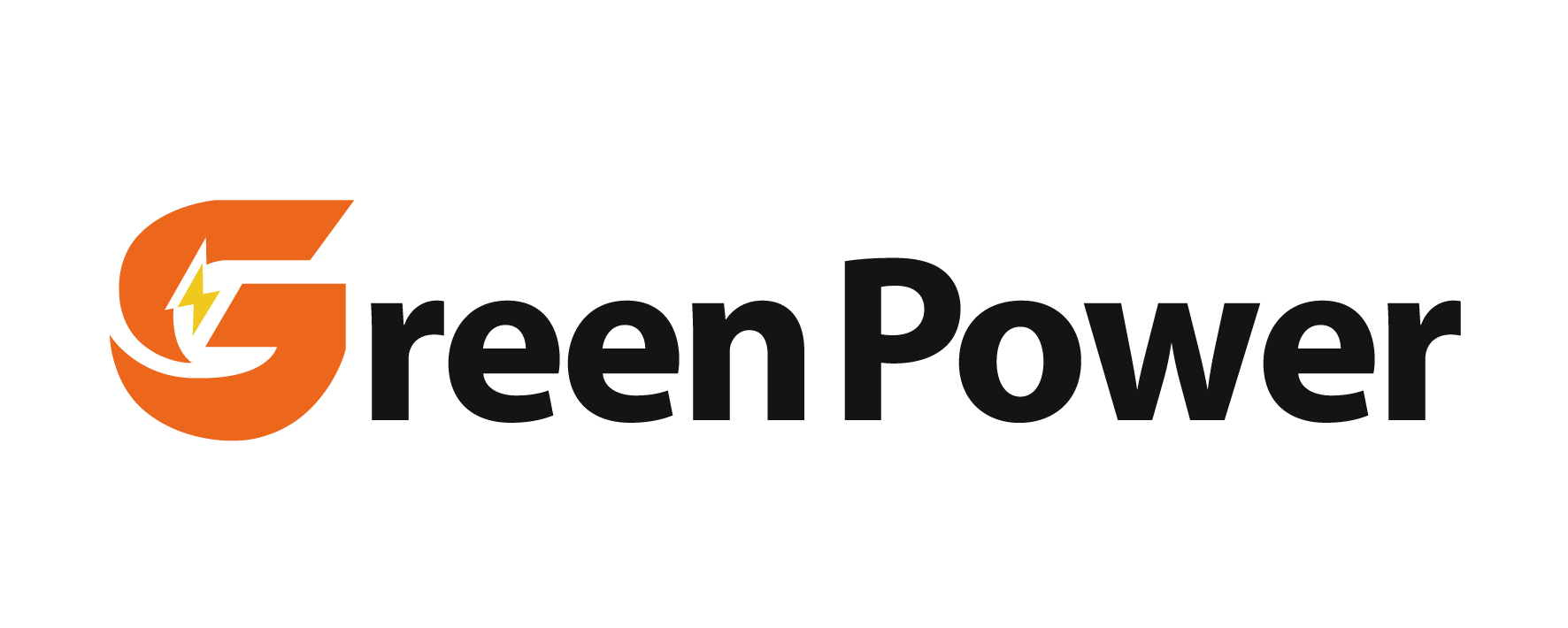renewable battery storage
Renewable battery storage represents a groundbreaking solution in modern energy management, serving as a critical bridge between intermittent renewable energy sources and consistent power demands. These advanced systems capture excess energy generated from renewable sources like solar panels and wind turbines, storing it efficiently for later use when natural resources are unavailable. The technology employs sophisticated battery chemistry, typically utilizing lithium-ion, flow batteries, or advanced lead-acid configurations, each optimized for specific applications and environments. These systems integrate seamlessly with existing power infrastructure, featuring smart monitoring capabilities that enable real-time energy management and optimization. Modern renewable battery storage solutions incorporate advanced thermal management systems, ensuring optimal performance across varying environmental conditions. They can operate at both utility-scale installations and smaller residential setups, providing flexible deployment options. The systems typically include power conversion equipment, battery management systems, and intelligent controls that enable automated operation and remote monitoring. With scalable capacities ranging from few kilowatt-hours to multiple megawatt-hours, these storage solutions adapt to diverse energy needs, from individual households to industrial facilities.



